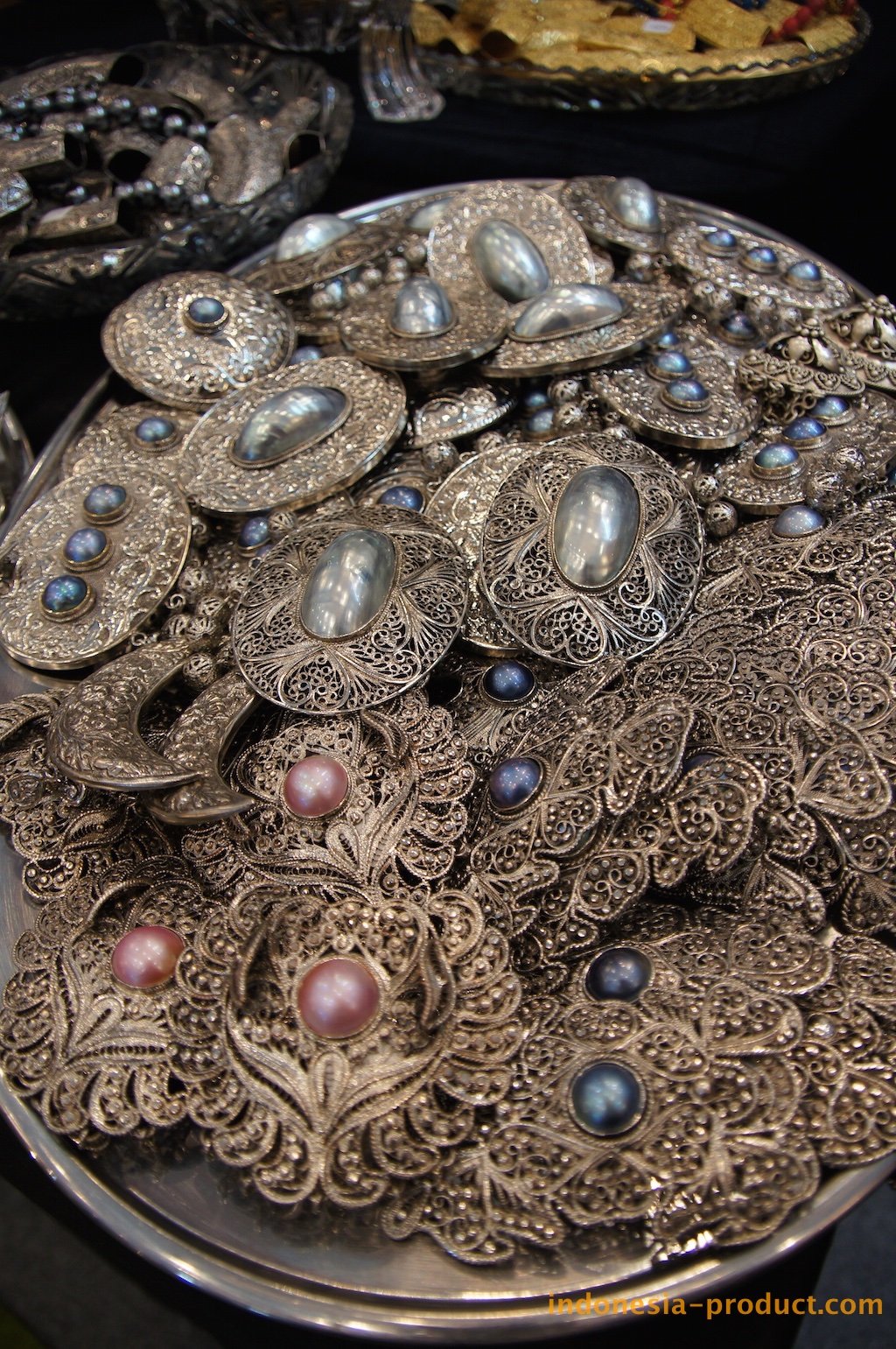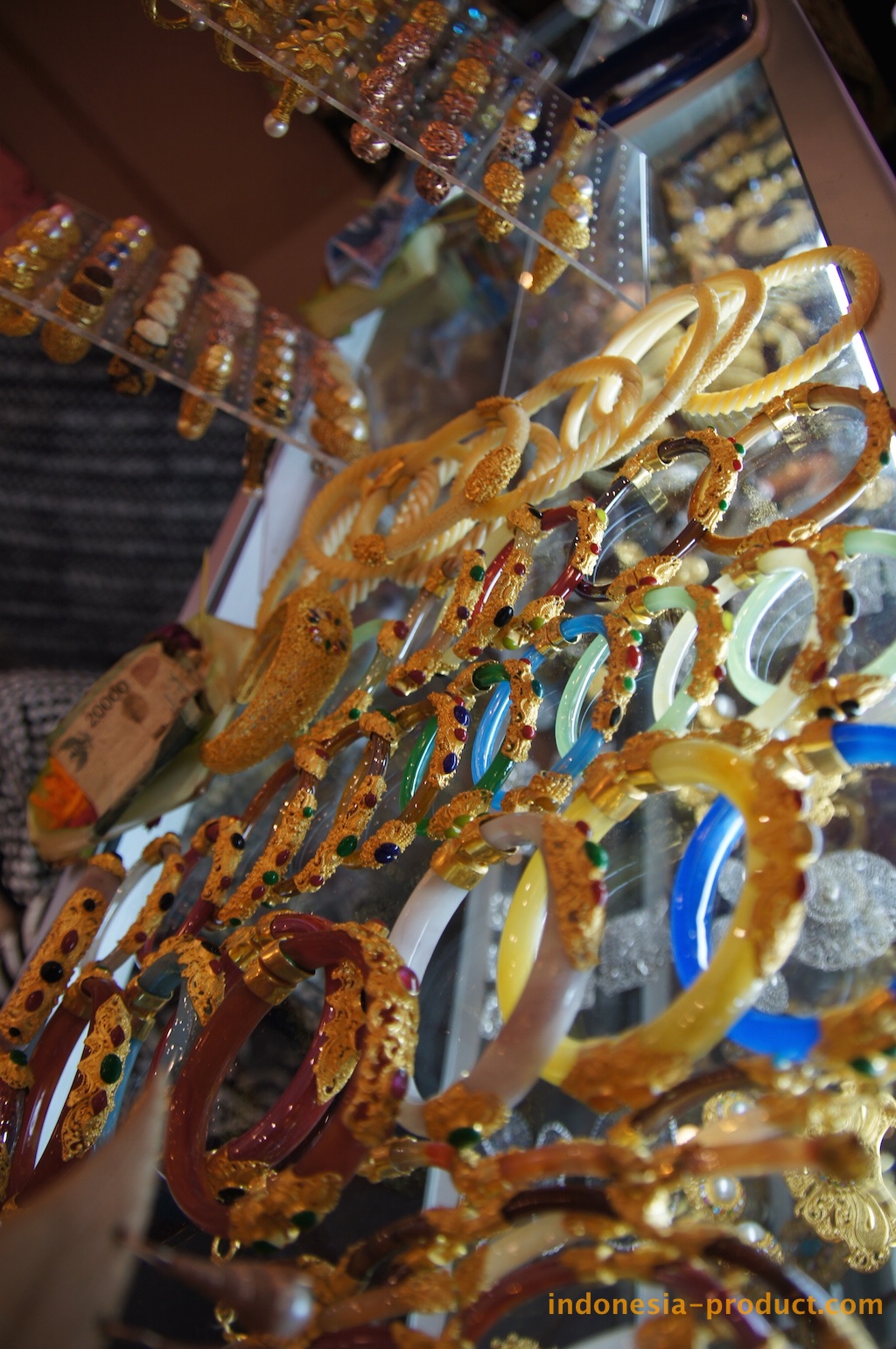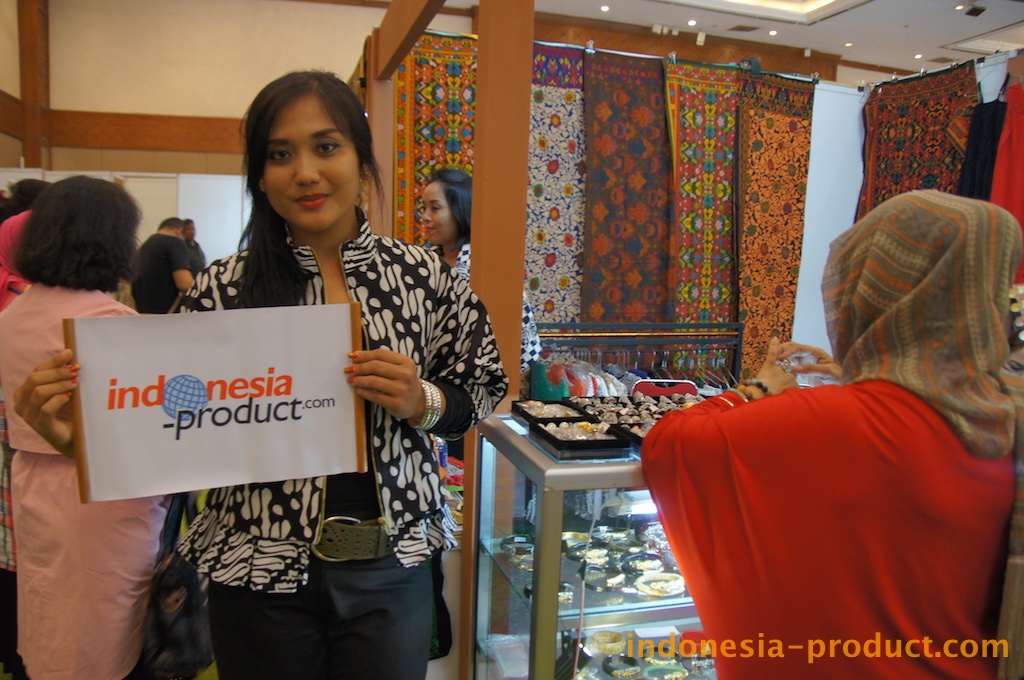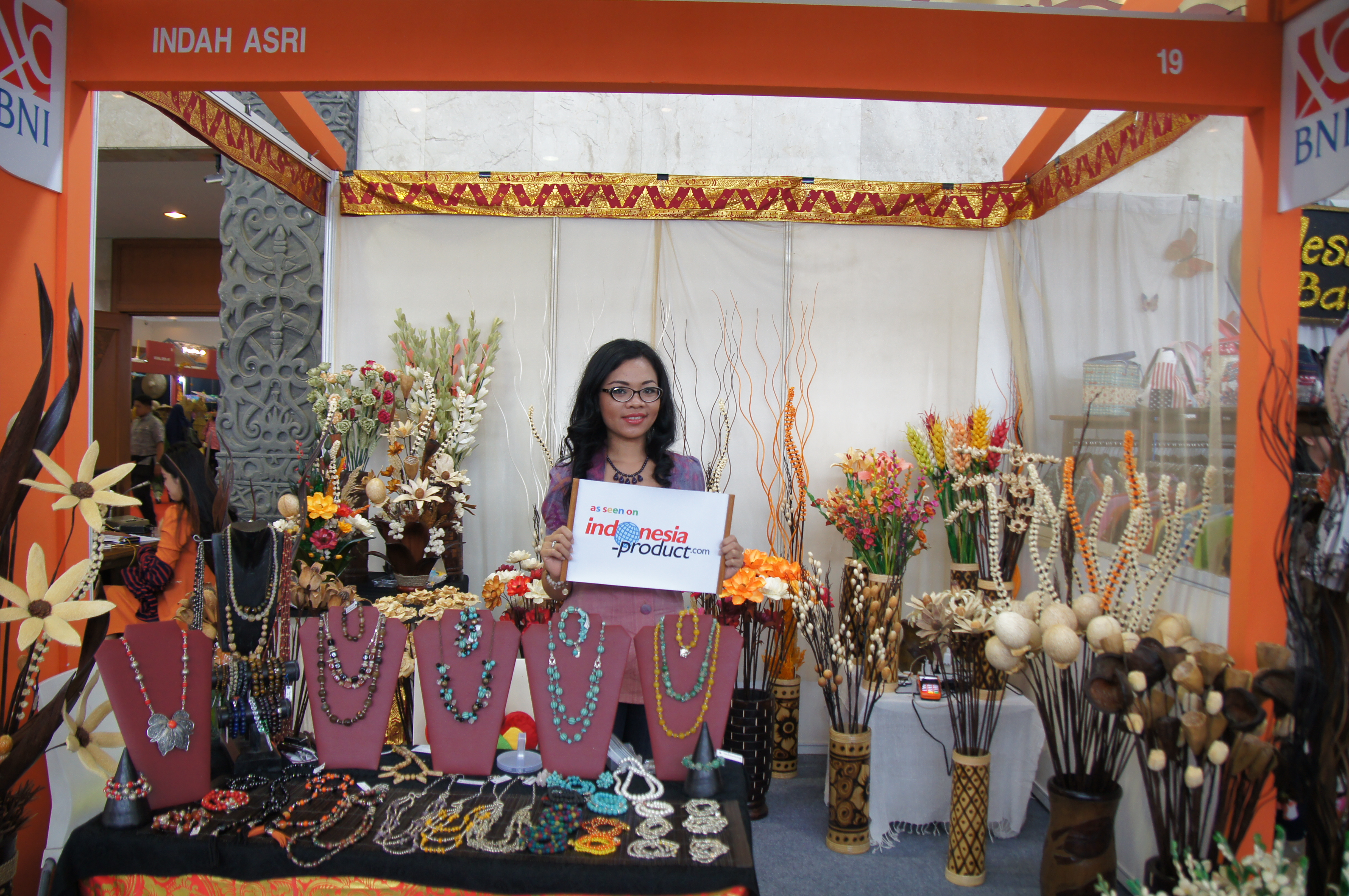Canada sparkles
Tucson Citizen
Bustling industry up north produces world-class diamonds
SANDRA VALDEZ GERDES
Tucson Citizen
For many years, the thought of finding diamonds in Canada was little more than a prospector’s dream – until the 1990s when several world-class diamond-bearing deposits were found in Canada’s north.
With Canada’s diamond industry now worth more than $2 billion, production in 2004 at 12.6 million carats, and three new mines scheduled to open in 2008, Canada is rapidly emerging as a leading producer of world-class gemstone-grade diamonds.
Tucsonans will be privy to these spectacular rocks – otherwise known as a girl’s best friend – at the 52nd annual Tucson Gem and Mineral Show featuring this year’s theme, “The Gems and Minerals of Canada.”
“Canada is actually in the midst of exploration across the whole country and it’s rather exciting, so we thought it would be nice to spotlight our neighbors to the north,” said Carole Lee, publicity chairwoman. “We are going to have at least one diamond in the rough that the Royal Ontario Museum is bringing,” Lee said. It is a 4-carat Canadian diamond, in matrix, from the Ekati mine in the Northwest Territory, about 186 miles northeast of Yellowknife. The mine opened in 1998 as Canada’s first diamond producer.
“It’s all very exciting, because Canada is expected to rival South Africa as the diamond field of the future,” Lee said. De Beers Diamond Trading Co. is planning to mine in Canada, and the country has a reputation of clean mining and environmentally safe mining. “These are nonconflict diamonds, and there’ll be a big market for them,” Lee said.
The annual Tucson show is the world’s largest gem and mineral show and offers a chance to view and buy unique pieces from every corner of the globe. It is a major draw for jewelry aficionados, fine mineral collectors and meteorite collectors, said Lee, who expects a crowd of about 35,000 at the TCC during the four days.
OTHER SHOW HIGHLIGHTS
CRYSTALLIZED GOLD
The largest British Columbia crystallized gold specimen is being brought to Tucson by the Mineralogical Museum at Harvard University, Lee said.
“It’s exceptional and may be the finest crystallized gold specimen from all of Canada,” said Carl Francis of the museum. The specimen is illustrated on the cover of the current issue of Rocks and Minerals magazine, which always devotes its January-February issue to the TGMS show, he said.
BAFFIN ISLAND SAPPHIRES
True North Gems will present an exhibit of the large sapphires from the Beluga sapphire occurrence of Baffin Island, one of the Arctic Islands in the North of Canada. “The sapphires have a distinctive deep blue color with violet overtones,” Lee said. “There have been 330 grams of sapphires mined from Beluga. It’s an unusual sapphire occurrence and it’s being compared to the beautiful tourmalines and aquamarine occurrences in Afghanistan and Pakistan as far as gem quality stone,” she said.
DACTYLIOTHECA, THE POPE LEO XII RING COLLECTION
The Dactyliotheca is a collection of 388 precious and ornamental stones. The collection, donated in 1824 by Pope Leo XII to the Mineralogical Laboratory of the Archigymnasium of the University of Rome, was made in Idar-Oberstein at the turn of 18th century. It comes to Tucson from the Museum of Mineralogy, University of Rome “La Sapienza.”
This is a rare opportunity to see this extensive collection of stones, Lee said. “It’s one of the few papal collections kept outside of the Vatican. Vatican collections don’t typically travel anywhere and are not seen by the public, so this is a rarity,” Lee said. “It’s a very interesting piece of history.”
The stones are often mounted on plates of agate or other semiprecious materials, mostly cut in octagonal shape or as cabochons. The plates can be interchanged on two rings, also included in the collection.
THE SMITHSONIAN
Each year the Smithsonian Institution sends some of its best gems. This year, it will send the Star of Asia, a round six-ray sapphire star weighing 330 carats. The Star of Asia, with its extraordinarily rich blue-violet color, is one of the finest star sapphires in existence.
JUNIOR EDUCATION
The Junior Education area will feature a recently discovered baby triceratops from the Detrich Fossil Co. and a full mastodon from the Mesa Southwest Museum.
Bob Detrich of Detrich Fossil Co. said the triceratops named Gumbo was found last year in Harding County, S.D. This is the first time it’s being displayed for public view. “It’s the smallest triceratops discovered to date,” he said. It stands just a few feet high, with a skull not more than 24 to 30 inches. The average triceratops skull is about 7 feet wide. It was found standing straight up, as if it was stuck in the mud. Detrich said he is also bringing an adolescent T. rex skull discovered in August and still in matrix, so people can see what it looks like when it’s found. “We’re going to give a piece of matrix to each kid who comes by the TCC or the Mineral and Fossil Co-op.”
Robert McCord, curator of paleontology of the Mesa Southwest Museum, said the mastodon was housed at the University of Arizona for about 20 years. It was excavated at Boney Springs, Mo., in about the early 1970s. “It’s a very big mastodon. It may be among the biggest known. It’s about 10 feet high at the shoulder. They don’t get as big as mammoths, but I think he’s a big impressive creature.”
“Kids go through year after year and probably find it more interesting as they age and understand minerals more. They always have those little scavenger hunts out on the main show floor where they send them out with a list of things they have to identify in various places. The kids always enjoy it.”
LECTURES
Former Tucsonan Tom Zoellner, author of “Midnight Sun: The Diamond Boom and Canada’s Newest Mining Frontier,” will present an exposé of Canada’s diamond exploration at 1 p.m. Sunday.
During a 12-year career in newspapers, Zoellner worked as a reporter for the San Francisco Chronicle, The Arizona Republic, and The Salt Lake Tribune and won numerous awards for his investigative stories. He is also the author of “The Heartless Stone: A Journey Through the World of Diamonds, Deceit and Desire.”





